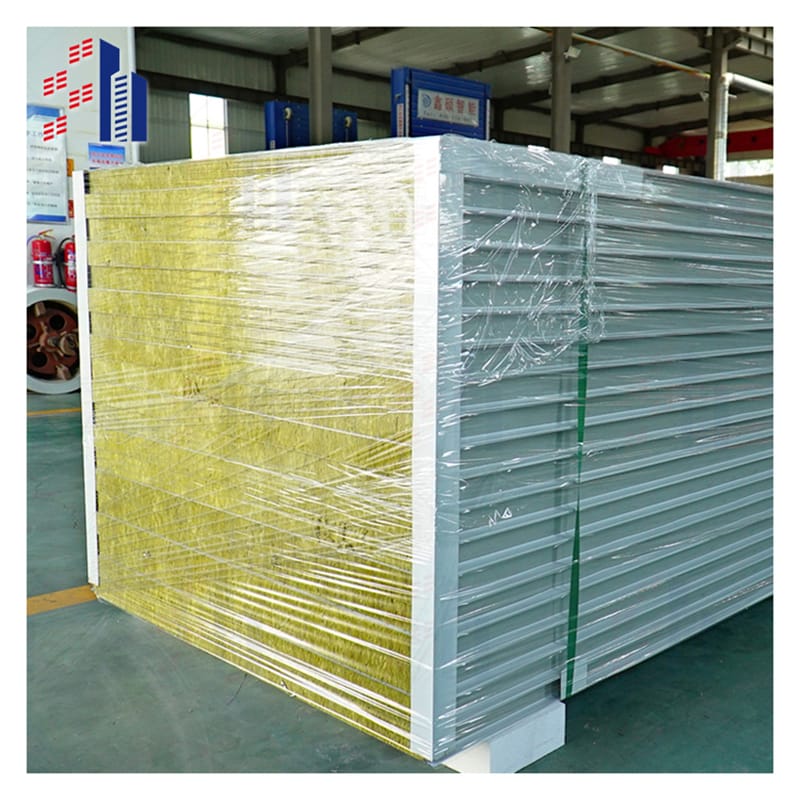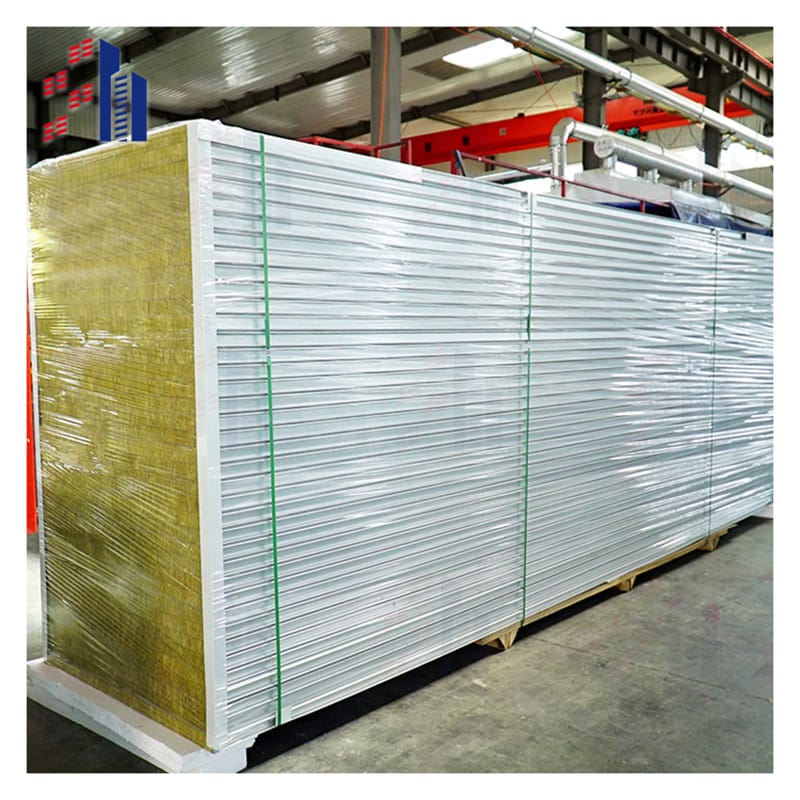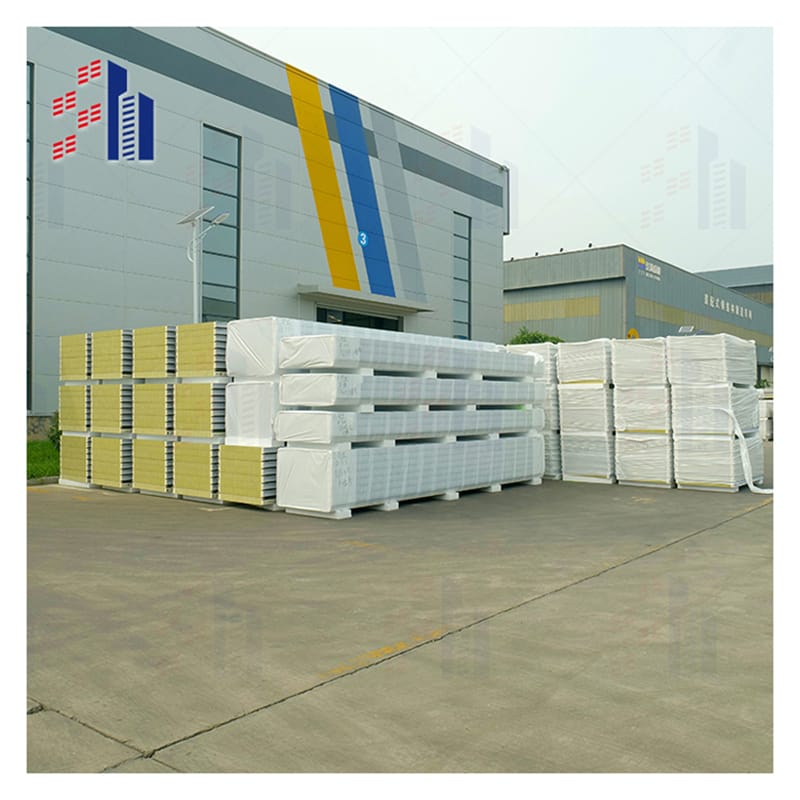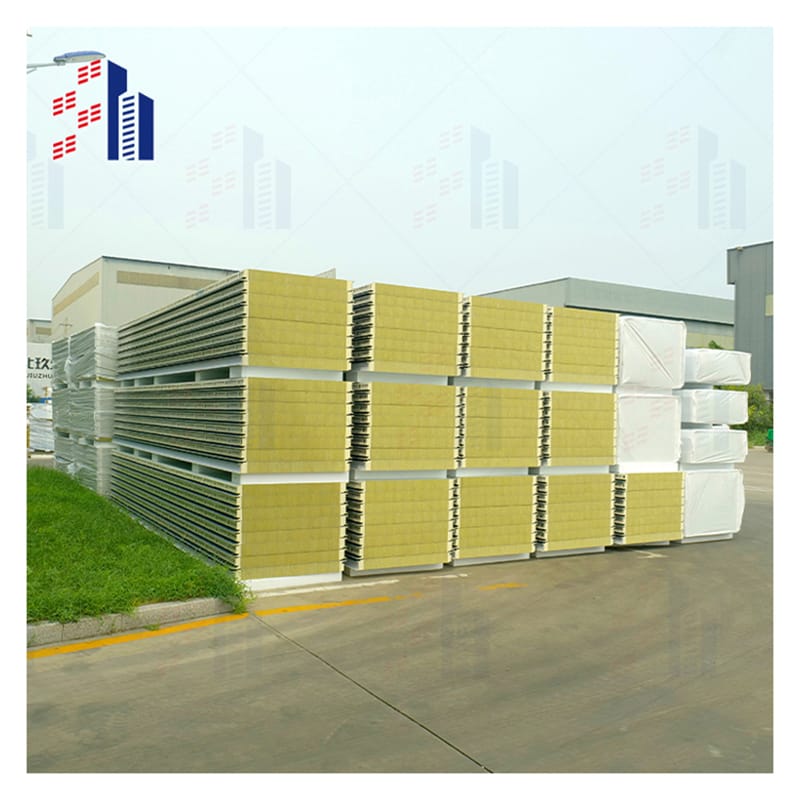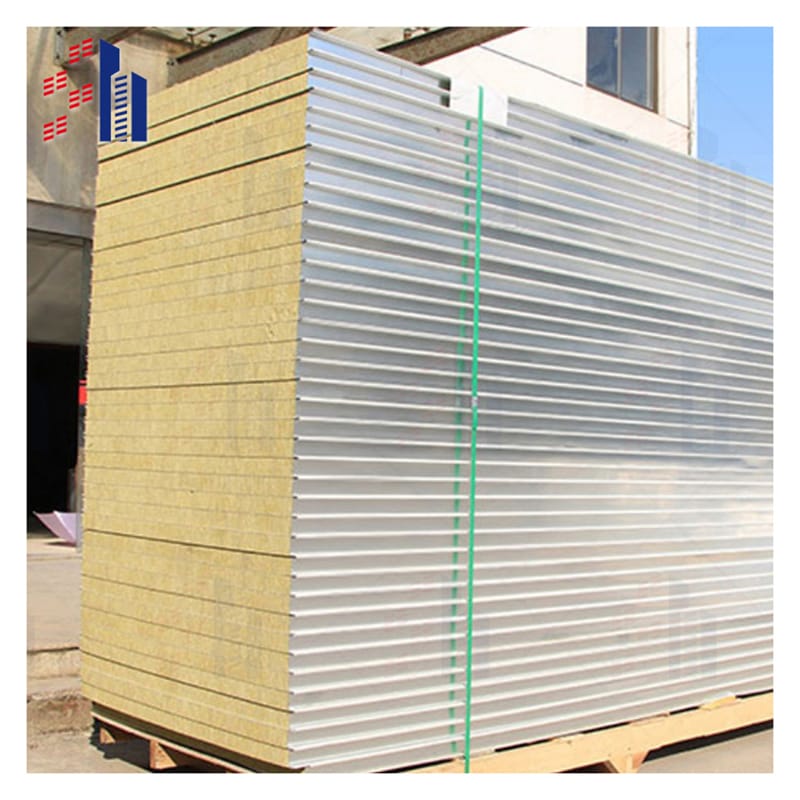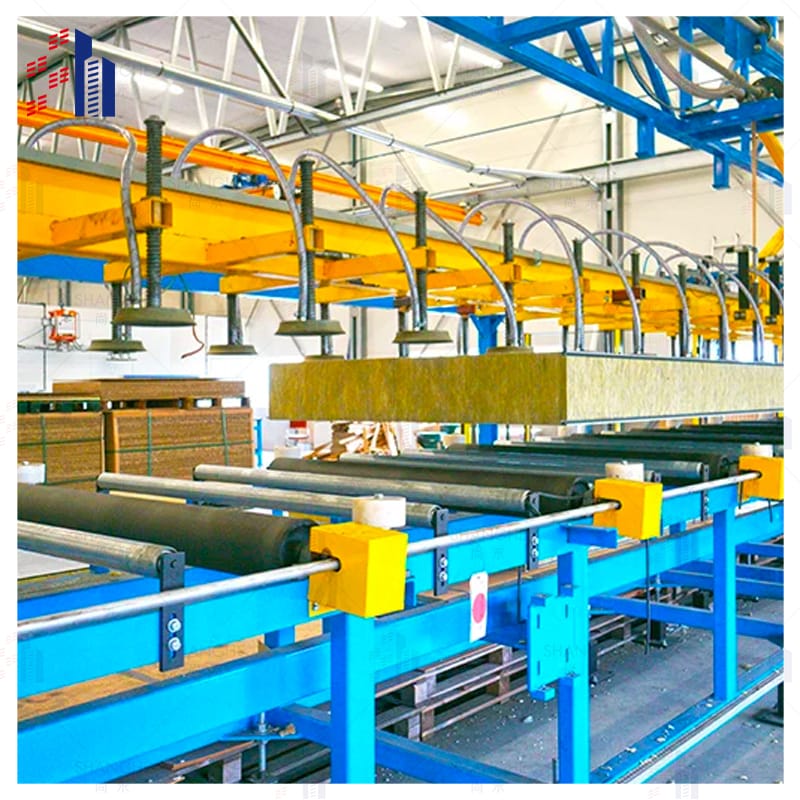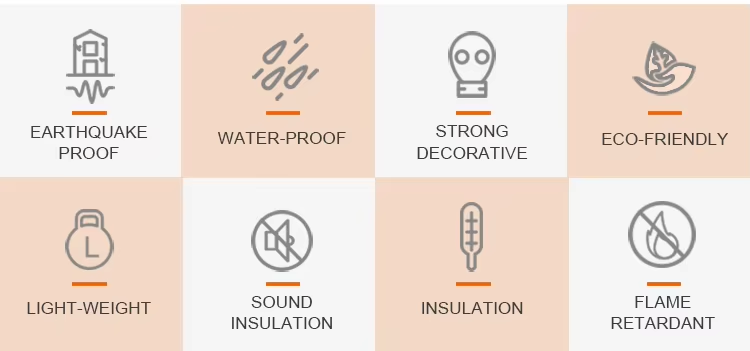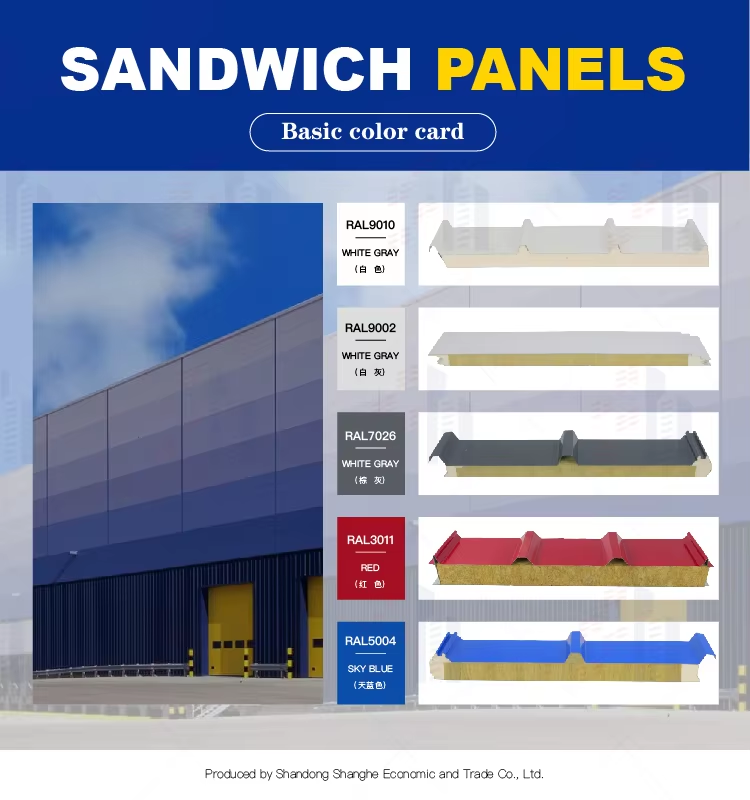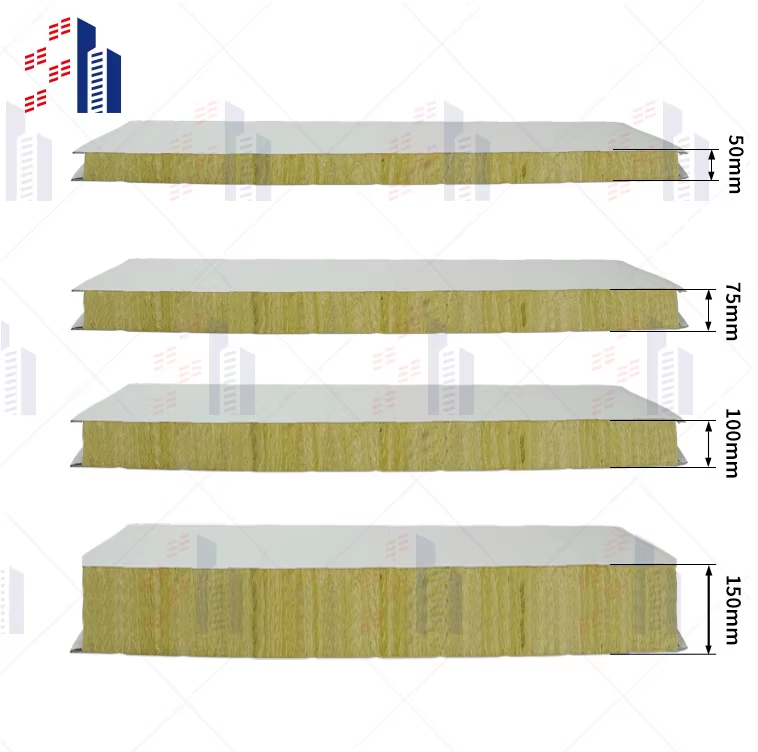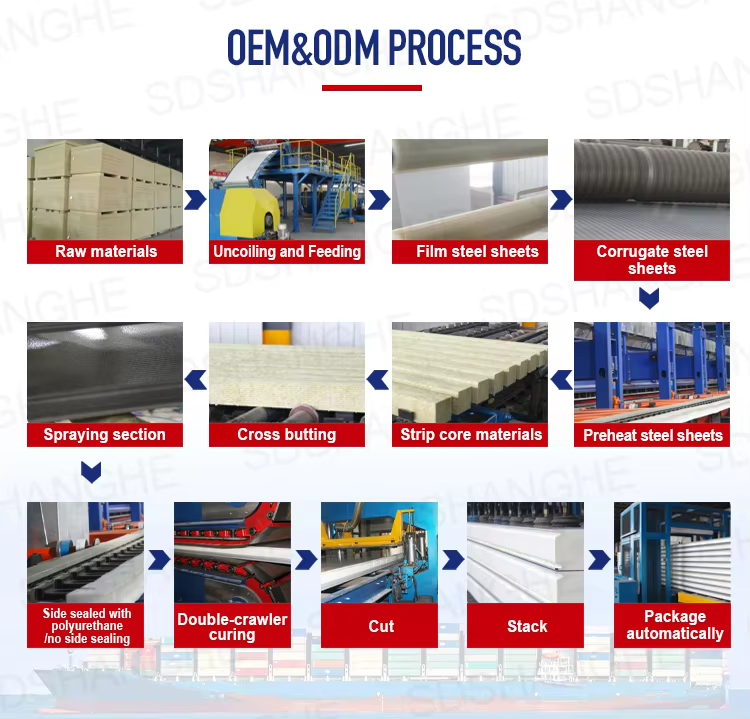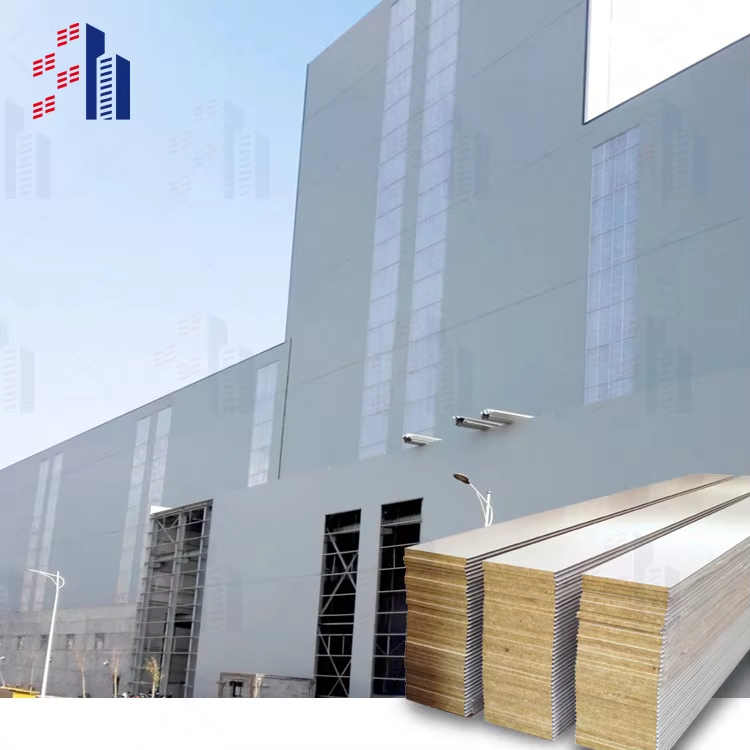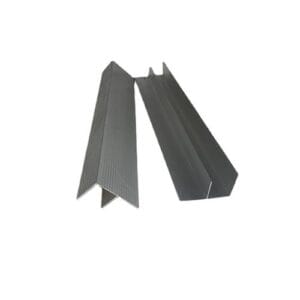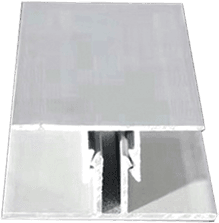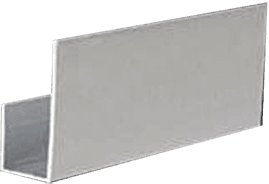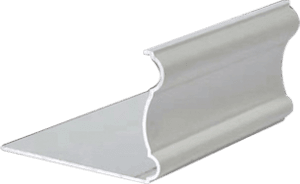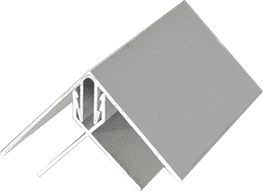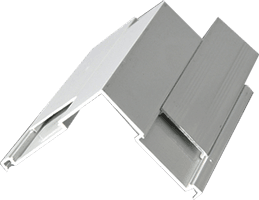What Are Fire Protection Sandwich Panels
Fire protection sandwich panels are construction materials designed to provide strong fire resistance while offering excellent insulation. These panels consist of two outer metal sheets bonded to a core material that acts as a fire barrier and thermal insulator. The core plays a crucial role in fire safety by slowing down heat transfer and preventing flame spread.
Common core materials used in fire-resistant sandwich panels include rockwool, PIR (polyisocyanurate), and mineral wool. Rockwool and mineral wool are non-combustible and excel at resisting high temperatures, making them top choices for fire safety. PIR cores combine good fire performance with superior thermal insulation, trusted in many commercial and industrial applications.
Fire resistance ratings such as EI30, EI60, and EI120 indicate how long a panel can withstand fire exposure—30, 60, or 120 minutes respectively—helping designers meet specific safety requirements. These ratings are tested according to standards like EN 13501 in Europe and ASTM E84 in the United States, ensuring consistent performance and reliability.
At Shanghe, we are committed to meeting the highest global safety standards. Our fire protection sandwich panels undergo rigorous testing and certification to ensure they deliver dependable fire resistance for your projects worldwide.




Customers visit the factory





Installation details
Key Specifications
| Parameter | Specification | Why It Matters |
|---|
| Face Material | 6-12mm Fiber Cement Board (Density: 1.6g/cm³) | Thinner = lighter weight; Thicker = higher impact resistance. |
| Core Material | Mineral Wool (A1 Fireproof) or PIR Foam (B1 Fire-rated) | A1 = No burning; B1 = Lightweight + insulation. |
| Fire Rating | ASTM E136 (U.S.) / EN 13501-1 (EU) / GB 8624 (China) – Class A1 | Required for high-rises, hospitals, and factories. |
| Thermal Conductivity (λ) | 0.038 W/m·K (Mineral Wool) / 0.022 W/m·K (PIR) | Lower λ = Better insulation (cuts HVAC costs). |
| Load-Bearing Capacity | Up to 150 kPa (Compressive Strength) | Handles heavy wind/snow loads for roofs and walls. |
| Water Resistance | ≤0.5% Water Absorption (ASTM C1185) | No swelling or mold in humid climates. |
| Size Options | Standard: 1220x2440mm / Custom: Max 4000mm length, 50-200mm thickness | Fits modular construction needs. |
| Surface Finish | Smooth, Woodgrain, or Custom Coating (Fade-resistant) | Aesthetic flexibility for architects. |
| Installation | Tongue-and-Groove or Aluminum Rail System | No specialized tools needed; 50% faster than brick. |
Important attributes |
| design | the present age | After-sales service | Online Technical Support, Other |
| Origin | Shandong, China | Application Scenarios | Warehouse |
| Brand | SH | Warranty Service | polyurethane |
| Panel Material | polyurethane | Models | SH 150mm |
| Usage | Exterior Decoration | Product Name | 50mm eps sandwich panel |
| Surface Material | Metallic | Minimum Order | Personalization |
| Thickness | 16MM/20MM/25MM | Color | Bright red, vermillion, lime, sky blue, aquamarine, pea green or customized |
| Width | 100mm,120mm,150mm,200mm | | |
Benefits of Shanghe Fire Protection Sandwich Panels
When it comes to fire safety, Shanghe panels stand out. Their cores often use non-combustible materials like rockwool, which means they don’t catch fire easily and help slow down flame spread. This quality is crucial for keeping buildings safer during emergencies.
Beyond fire resistance, these sandwich panels offer excellent thermal insulation and acoustic benefits. They help keep indoor temperatures steady, reducing energy costs, while also cutting down on noise — a big plus for both commercial and residential spaces.
Durability is another strong suit. Shanghe’s panels are built to last, supporting heavy loads without losing strength over time. This makes them a reliable choice for walls, roofs, and partitions that need to withstand tough conditions.
Sustainability matters too. Shanghe uses eco-friendly materials like CFC-free PIR cores, which reduce environmental impact without sacrificing performance. This aligns well with green building practices popular across the U.S.
Finally, these fire protection sandwich panels save money over the long haul. Their energy efficiency lowers heating and cooling bills, and their low maintenance needs cut repair costs, making them a smart investment for any project.
Applications of Fire Protection Sandwich Panels
Fire protection sandwich panels are a smart choice for a wide range of projects across the U.S. They’re commonly used in:
- Industrial buildings
- Warehouses
- Cold storage facilities
- Commercial properties
- Residential projects
These panels work great for roofing, wall cladding, and interior partitions, providing both safety and insulation where you need it most.
At Shanghe, we offer customizable panels to fit your specific project needs—whether you require different thicknesses, finishes, or fire resistance levels. This flexibility makes our fire-resistant sandwich panels a reliable option for diverse construction demands.
Why Choose Shanghe Fire Protection Sandwich Panels
Shanghe stands out for its solid expertise and advanced manufacturing processes that ensure every fire protection sandwich panel meets top quality standards. Our panels come with trusted certifications like FM Global and ISO, giving you peace of mind about safety and performance.
We understand every project is different. That’s why Shanghe offers customization options like varying thicknesses, special coatings, and a range of colors to fit your specific needs. Whether it’s a commercial building or industrial facility, you get panels tailored to your exact requirements.
Our reach is global, backed by a dependable customer support team ready to assist you every step of the way. Choosing Shanghe means you’re partnering with a reliable supplier who values safety, quality, and service.
Ready to improve your fire safety with top-tier sandwich panels? Contact Shanghe today for a quote or consultation.
Comparing Core Materials Which Is Best for Fire Protection
When choosing fire protection sandwich panels, the core material plays a huge role in performance. Let’s compare the most popular cores: rockwool, PIR, polyurethane (PU), and EPS (expanded polystyrene) across fire resistance, insulation, and cost.
| Core Material | Fire Resistance Rating | Thermal Conductivity (W/m·K) | Applications | Cost |
|---|
| Rockwool | EI60 to EI120 (non-combustible) | 0.035 – 0.045 | Industrial, warehouse walls, fire-rated partitions | Moderate |
| PIR | EI30 to EI60 (limited combustibility) | 0.022 – 0.028 | Commercial roofing, cold storage, walls | Moderate-High |
| Polyurethane | Low fire resistance (combustible) | 0.020 – 0.025 | Insulation where fire risk is low | Lower |
| EPS | Low fire resistance (combustible) | 0.030 – 0.040 | Budget projects, non-fire-rated applications | Low |
Rockwool sandwich panels are top for fire safety because they are non-combustible and provide excellent insulation. PIR panels come in a close second with good fire ratings and better thermal insulation, making them a smart choice when fire safety and energy efficiency matter.
Shanghe specializes in rockwool and PIR fire protection sandwich panels, giving you the best balance of safety, durability, and cost for US building codes and project needs.
Industry Standards and Certifications
Fire protection sandwich panels need to meet strict safety standards to ensure they perform when it matters most. Key fire safety standards include EN 13501, which classifies materials based on their reaction to fire, and ASTM E84, widely used in the U.S. to test flame spread and smoke development. Another important standard is ISO 13784-1, covering thermal insulation materials and their fire behavior.
Shanghe takes these standards seriously. Our fire-rated sandwich panels undergo rigorous testing and are certified by trusted organizations like Efectis and FM Global. This means our products comply with global fire safety regulations, giving you peace of mind that the panels will protect your buildings and occupants effectively.
Choosing Shanghe means you’re working with a partner committed to safety and reliability, backed by internationally recognized certifications and testing expertise. This helps you meet building codes and insurance requirements without compromise.
How to Choose the Right Fire Protection Sandwich Panel
Picking the right fire protection sandwich panel means balancing several factors to fit your project needs:
- Fire rating: Check what level of fire resistance you need (like EI30, EI60, or EI120) based on building codes and safety requirements.
- Project type: Think about where the panels will be used—walls, roofs, partitions—and the environment they’ll face (humidity, temperature, etc.).
- Budget: Look at upfront costs and long-term savings, including energy efficiency and maintenance.
- Environmental conditions: Consider factors like moisture, weather exposure, and insulation needs.
When working with manufacturers like Shanghe, it helps to:
- Ask about customization options for thickness, coating, and color to match your specific needs.
- Request technical datasheets or samples to review product specs firsthand.
- Consult Shanghe’s experts for tailored advice that fits your project and budget.
To make the best choice, contact Shanghe for a quote or sample today and get professional support tailored to your fire-rated building material needs.


